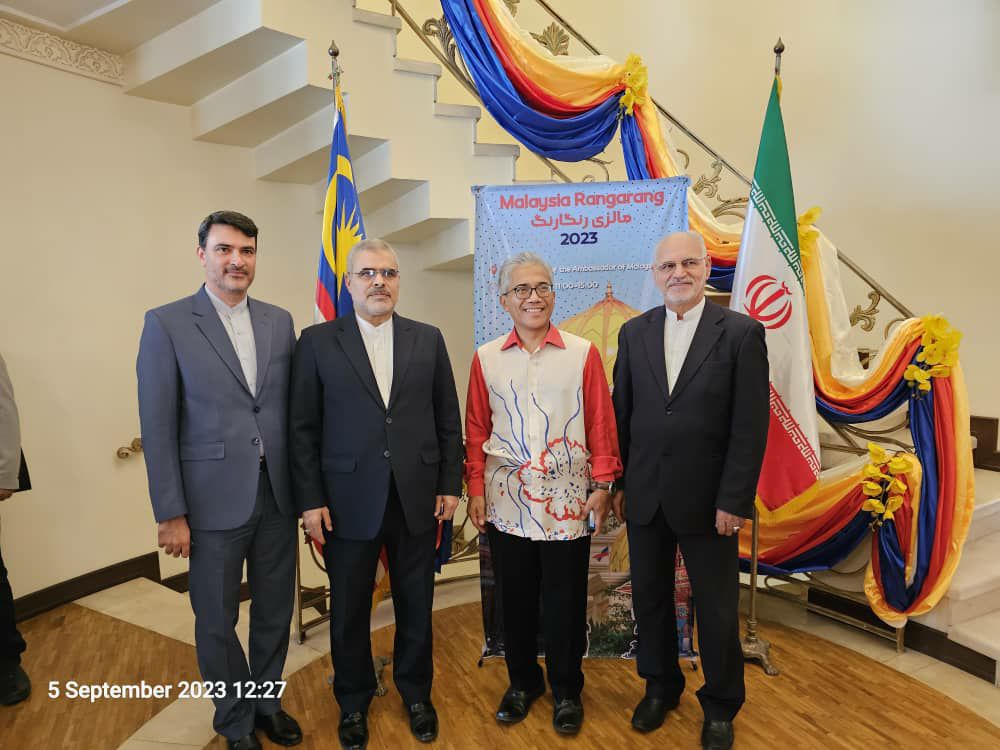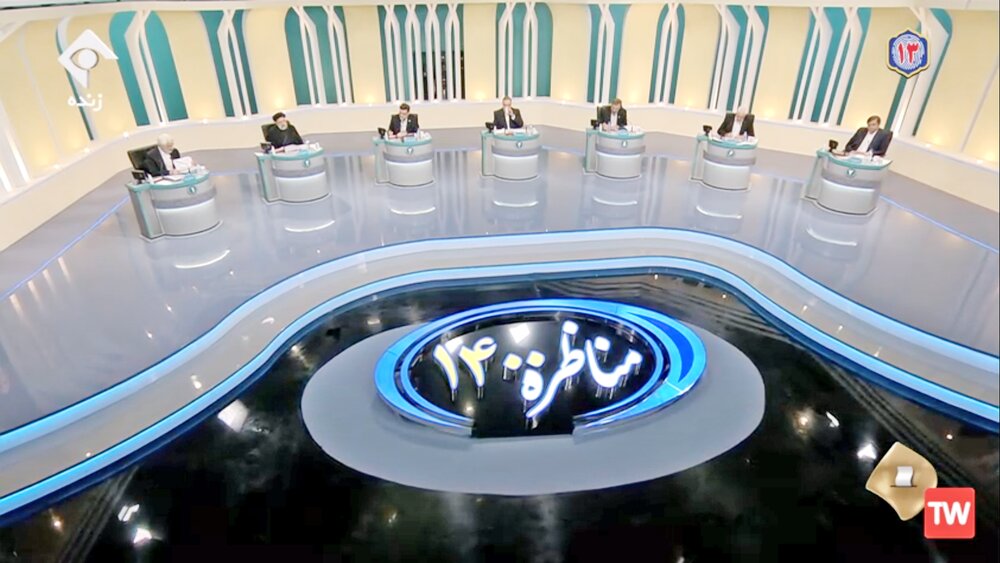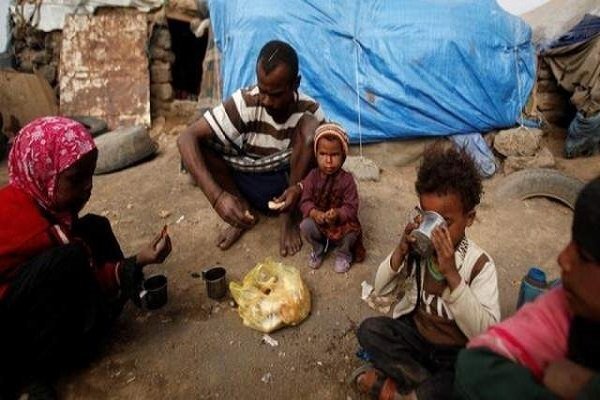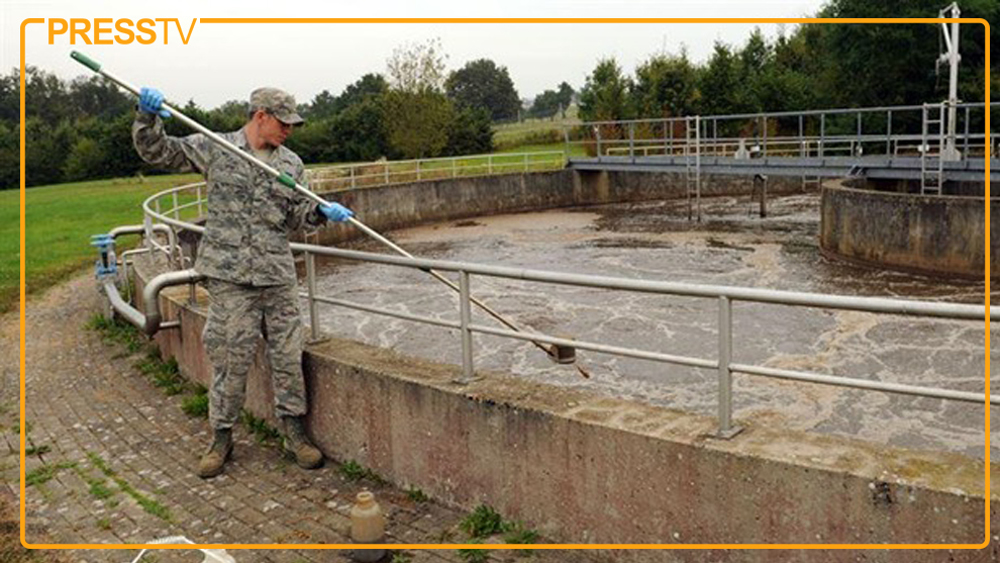$80b Expected to Be Transacted in Commercial Currency Market
TEHRAN (Iran News) Mohammad Reza Farzin made these remarks during a coordination meeting with petrochemical holdings at the Iran Currency and Gold Exchange Center on December 30. He commended the petrochemical industry for fulfilling its commitments by returning foreign currency earnings to the economy. Farzin noted that daily transactions in the exchange center could soon reach approximately 20 trillion rials, highlighting its significant influence on the country’s financial industry.
Farzin emphasized the efficiency of the commercial forex system, enabling the Central Bank to ensure the country’s forex needs are met in a market-based manner. Suppliers can use this system to secure funding for development and operational needs. The system’s design eliminates rent-seeking opportunities for intermediaries and ensures a fair rate for both suppliers and demanders.
He added, “Our objective is to minimize unofficial market transactions and shift all legitimate commercial and service-related forex demands to this regulated market.”
Farzin stated that the commercial forex market could become the benchmark for foreign exchange rates in Iran. Referring to the $65 billion worth of transactions in the NIMA system last year, he suggested the new system would surpass these figures and serve as a reliable indicator for other markets.
“Rate signaling from the commercial forex market is crucial. Previously, NIMA rates influenced commodity markets but had little impact on asset markets. We aim to establish a more comprehensive signaling system,” Farzin remarked.
The Central Bank Governor stressed the importance of economic stability across various markets. “Uncertainty and instability harm economic actors. We must create conditions where rates are predictable, even amid political and security shocks,” he said, urging collaboration from the private sector to achieve this goal.
Farzin announced plans to introduce a currency bond market to address funding challenges caused by international sanctions. “Currently, 92% of the country’s financial burden is shouldered by the banking system. Diversifying financing methods is essential to sustain development,” he noted.
Mohammad Aram, Deputy Governor for Forex Affairs, praised the petrochemical sector’s cooperation in supplying currency via the commercial forex system. He expressed hope for increased currency offerings from this sector, particularly during the final days of the year.
Farzin also highlighted a structural transformation in the NIMA system, marking the first time the market operates purely on supply and demand principles. This approach reduces risks and corruption while enabling optimal rate discovery.
Ahmad Mahdavi, Secretary-General of the Petrochemical Industry Employers Association, reported significant growth in exports and forex sales by petrochemical companies. He highlighted that $7.144 billion had been sold through NIMA this year, a 7% increase compared to the same period last year.
Additionally, since the inception of the commercial forex market, petrochemical firms have sold $516 million, demonstrating their readiness to participate actively in the new system.
Mahdavi concluded by highlighting 49 planned projects under the seventh development plan, which are expected to generate $25 billion in exports annually and create an estimated $40 billion in value for the sector.
This initiative aims to establish a regulated market that can bridge rate gaps, eliminate speculative activities, and meet the real forex needs of the economy.
- source : IRAN NEWS ECONOMIC DESK






























